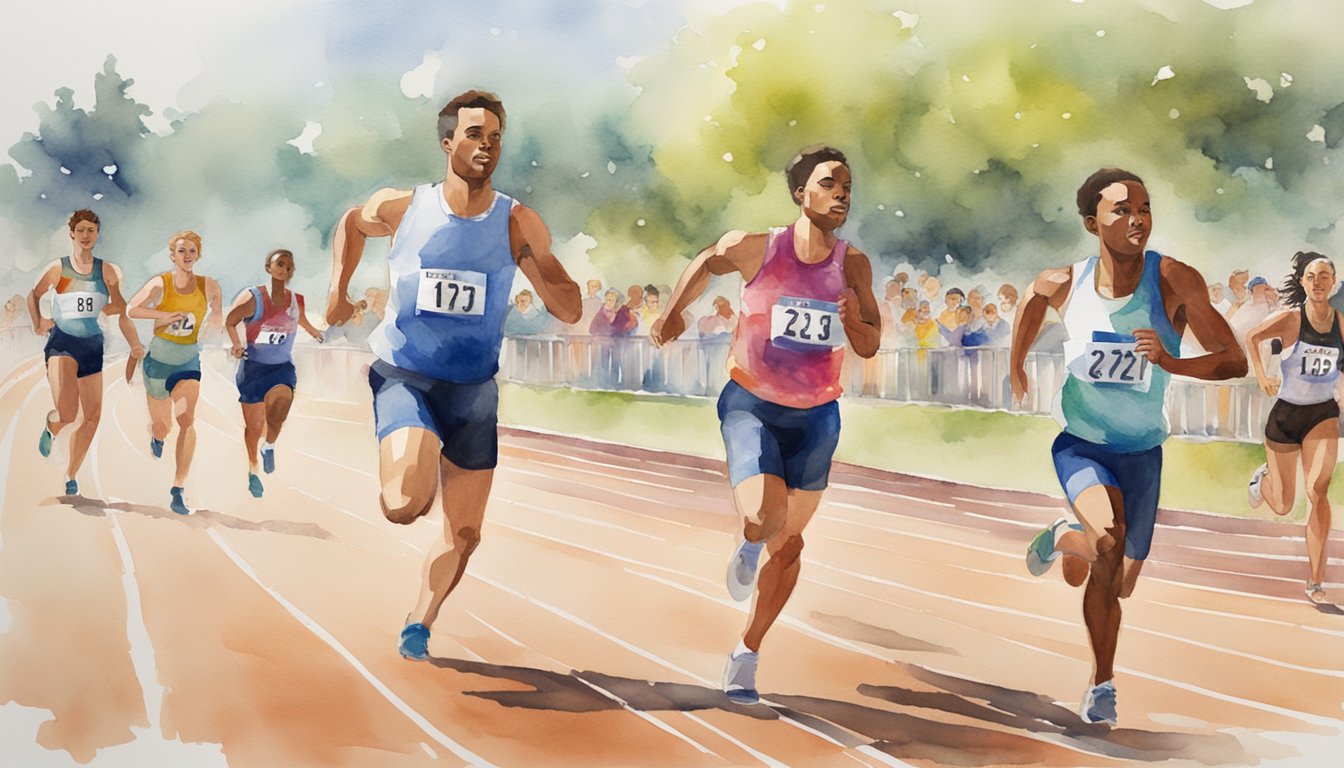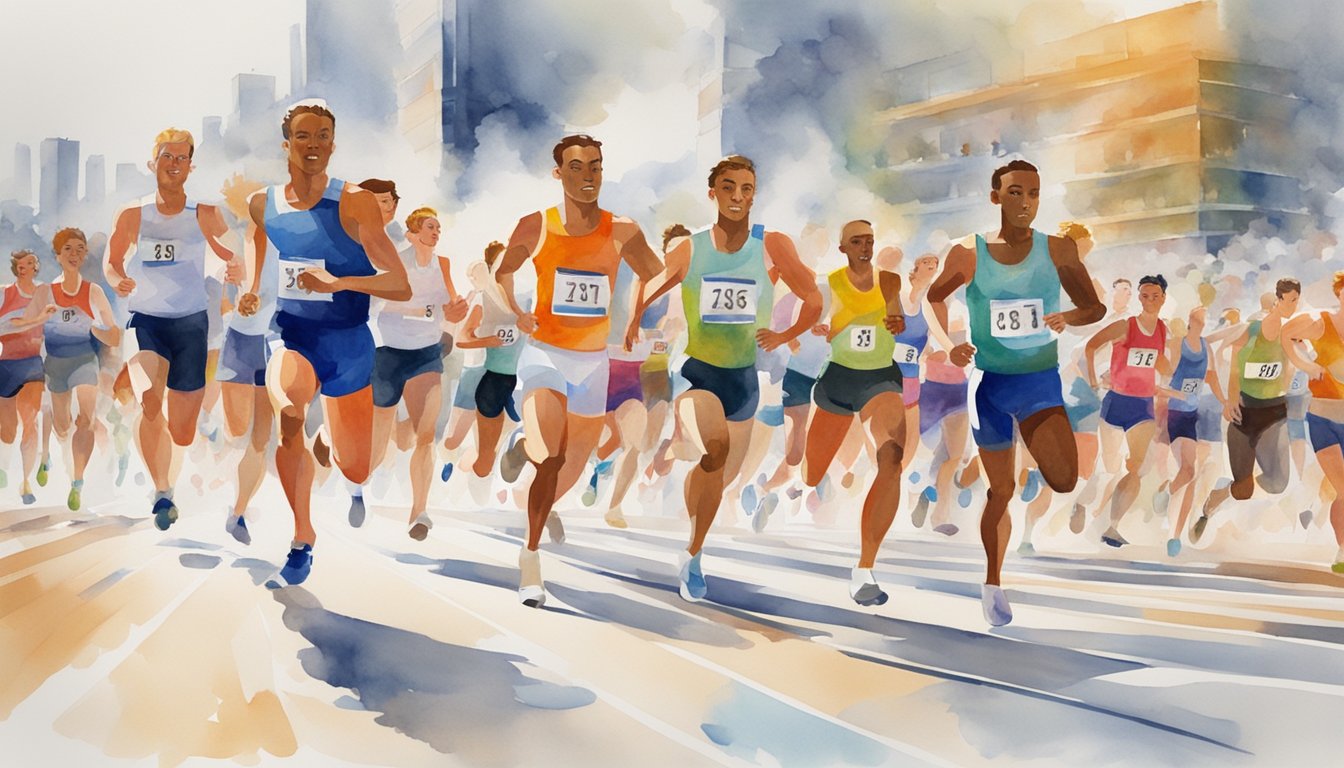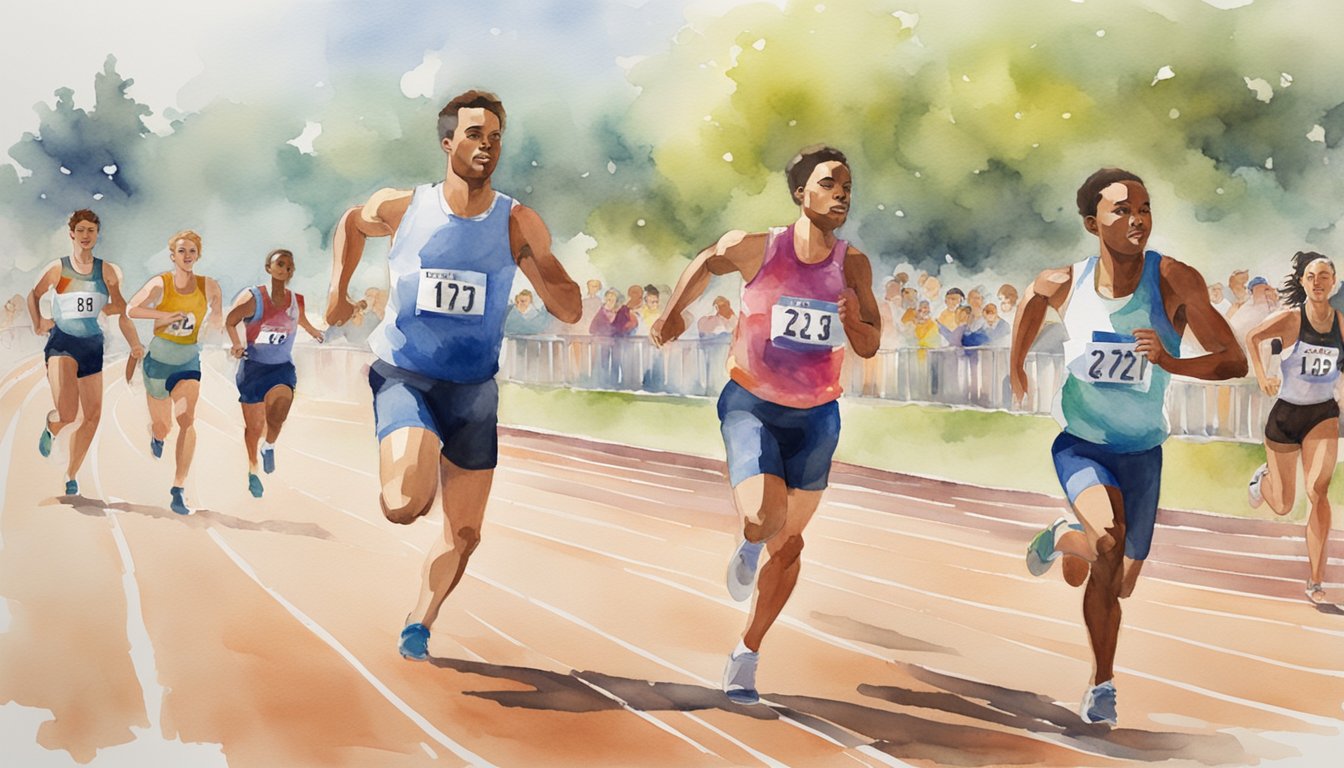Modern-day long-distance walking races have come a long way from their historical roots.
Pedestrianism, the sport of competitive walking, has a rich history, with its peak in popularity during the 18th and 19th centuries.
Today, walking races are still thriving, with various competitions ranging from short distances to ultra-distance events that test the endurance and skill of athletes. Modern-day walking races are not just about walking fast; they embrace technique, endurance, and strategy.

Competitive racewalking, a discipline included in the Olympic Games since 1904, emphasizes a unique form of walking where one foot must be in contact with the ground at all times.
This rule sets it apart from running and requires rigorous training and technique refinement.
Enthusiasts and athletes alike participate in both local and international races, where the emphasis is on endurance and technical skill rather than just speed.
For those interested in the sport, physical training for pedestrianism is crucial.
Athletes incorporate strength and endurance training into their routines to excel in events that often span several days and cover hundreds of miles.
Training, technique, and a deep understanding of the sport’s rules help competitors achieve remarkable feats in modern-day walking races.
Key Takeaways
- Modern-day walking races demand endurance, strategy, and technique.
- Rules ensure one foot remains in contact with the ground, distinguishing it from running.
- Training and endurance building are essential for success in competitive walking.
Historical Background

Long-distance walking races have a rich history, evolving from ancient athletic competitions to a structured modern sport with deep cultural significance.
Origins in Athletics
Walking races trace back to the ancient Olympic Games in Greece, where athletes showcased their endurance and stamina.
Although running sprint events took precedence, walking races held a unique appeal due to their emphasis on technique and pacing.
By the 18th and 19th centuries, pedestrianism, a term for competitive walking, became a popular spectator sport in Britain.
Early walking challenges often involved wagers, drawing large crowds.
Prominent 18th- and 19th-century pedestrians, such as George Wilson and Robert Barclay Allardice, pushed the limits of human endurance.
Events at places like the Royal Agricultural Hall included six-day races, captivating audiences with their intense competition and physical demands.
Evolution into Modern Sport
The sport began to formalize in the late 19th and early 20th centuries.
Pedestrianism was included in the Olympic program by the early 1900s, with events like the 50km race walk featured in the 1932 Los Angeles Olympics.
The rise of more structured racewalking events led to a decline in the popularity of earlier informal walking challenges.
By the 1960s, racewalking had grown in global appeal, with athletes from various countries competing on the international stage.
Increased attention brought advancements in technique and training, further distinguishing the sport from its unsystematic origins.
Modern-day racewalking now includes events ranging from the 10km women’s race introduced in 1992 to the 20km races, highlighting both endurance and precise technique.
Rules and Techniques
Race walking is a unique sport with specific rules and techniques that distinguish it from running.
Competitors must follow strict guidelines to avoid disqualification and ensure fair play.
Race Walking vs. Running
Race walking involves maintaining constant contact with the ground.
Unlike running, where both feet can be off the ground simultaneously, race walkers must always have one foot in contact with the ground.
This technique is known for its precision and discipline.
The advancing leg must be straightened from the moment of first contact with the ground until it is in a vertical position.
This rule helps prevent runners from gaining an advantage.
The sport requires a distinct form of motion that can be challenging to master but rewarding for those who excel.
Competition Regulations
In race walking competitions, judges play a crucial role in ensuring that athletes adhere to the rules.
According to governing bodies, there are set standards that all participants must follow.
For example, races typically have between six to nine judges, who observe athletes to make sure their techniques are correct.
Judges watch for lifting (losing contact with the ground) and bent knees.
If an athlete violates these rules, they may receive warnings and can ultimately be disqualified.
Safety measures are also in place, such as closing roads to motorized traffic to protect athletes and officials during competitions.
Understanding the nuances of these regulations is essential for anyone aspiring to compete in, or organize, race walking events.
These rules ensure fair competition and help maintain the sport’s integrity.
Major Competitions and Records
Modern pedestrianism has several significant competitions and records that are noteworthy.
These events highlight elite athletes and their outstanding performances, setting impressive benchmarks in the world of walking races.
Olympic and World Championships
The Olympics are a prime stage for racewalking events.
It was officially added to the Olympic program for men in 1908 and for women in 1992.
The World Athletics Championships is another key event, showcasing elite talent from around the globe.
These events host competitive races across various distances, including 20 km and 50 km races.
One standout event in recent years was the 2010 World Championships, where Olga Kaniskina set a remarkable record in the 20 km walk.
These championships are complemented by events like the USA Marathon Race Walk held in Santee, CA in January.
Notable Racewalkers and Records
Several athletes have dominated the sport, setting records that inspire many.
Olga Kaniskina is a notable figure, recognized for her groundbreaking performances.
She holds multiple world records, pushing the boundaries of what is achievable.
Racewalkers like Robert Korzeniowski have also left their mark, winning multiple Olympic gold medals.
The sport has seen world records set in both men’s and women’s events, with impressive times like the 5:12.0+ in the 1500 m race.
Events such as the Turkish Race Walking Championships continue to provide platforms for athletes to showcase their talent and strive for new records, adding to the rich history of racewalking.


